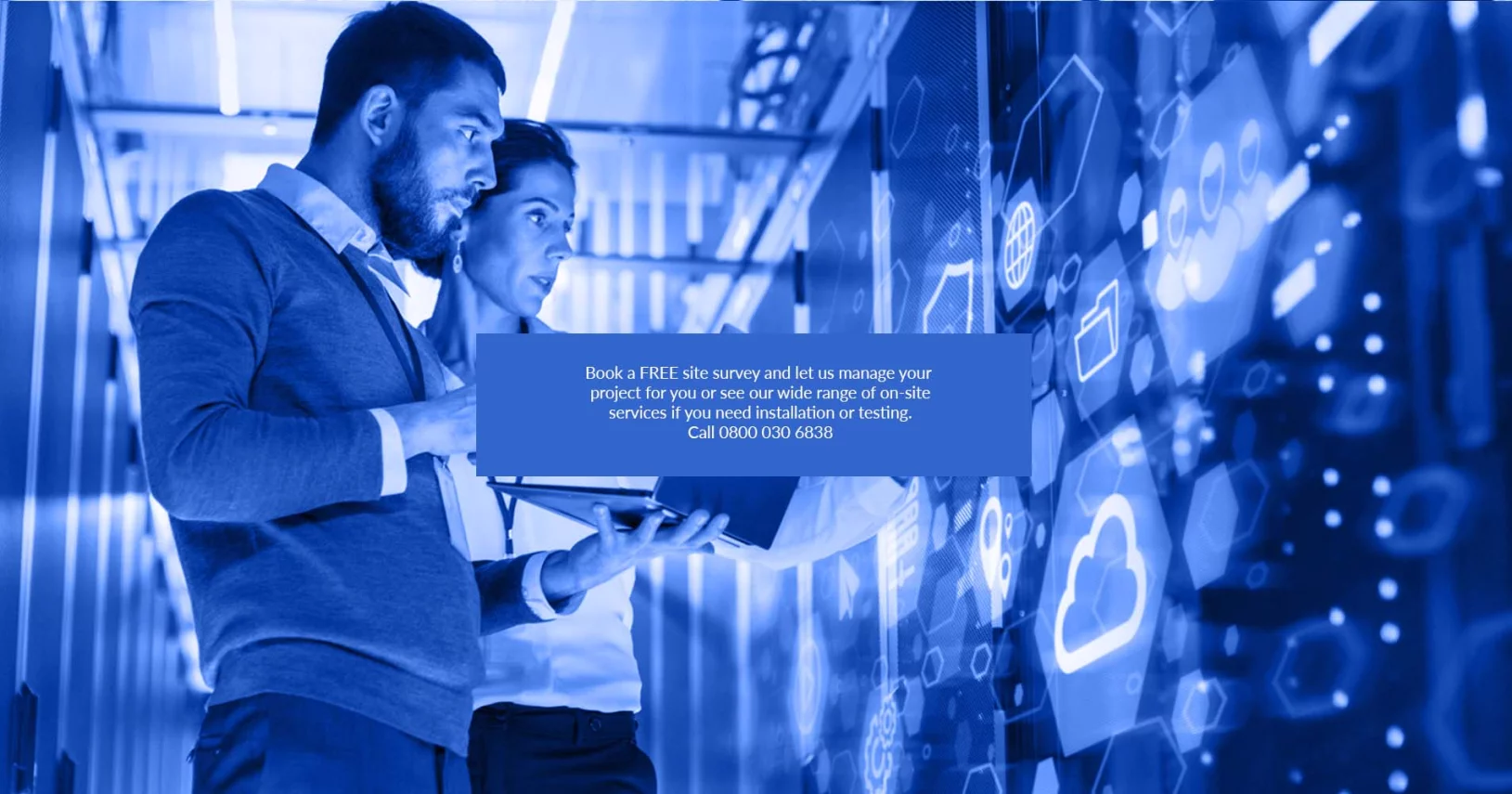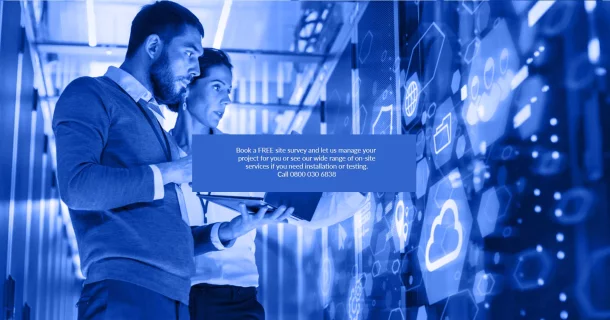The data centre and server room market continue to evolve and embrace new technologies. The introduction of virtualisation allowed some organisations to downsize their hardware space requirements whilst increasing power densities. What will the effect of 5G and Edge technologies be?
Consultants for Data Centre Migrations
As businesses and organisations evolve and new technologies develop including the Internet of Things (IoT) and Edge computing, there is a new for review existing IT operations and decide whether to migrate them to a new data centre facility either in their entirety or as part of a Cloud integration plan. Our data centre consultants have completed a range of migration projects.
Data Centre Migration Checklist
Migrating a server room or data centre operation is a high-profile project as it can affect and disrupt operations. The move is never ‘risk-free’ and there are typically concerns over downtime, loss of data and revenue. Whilst data centre migration can be complex, projects that require a high degree of planning and co-ordination risks can be mitigated for to eliminate downtime during the move and ensure that the new facility reaches its performance goals.
Our consultant and projects team have completed a range of datacentre migration projects and take a strategic approach that involves several key stages:
- Data Centre Operations Audit: the first step is one of ’discovery and analysis for a server room, data centre or IT facility and is required to generate a complete profile of the existing IT set-up. The process is a complete top-to-bottom audit of the existing operation and its business requirements, service level agreements and service groups. The audit starts with applications and services and covers application owners, planned upgrades, allowable downtime, server, network and storage requirements. The existing infrastructure register is audit to ensure it covers all the IT and facility assets in terms of the equipment, power and cooling requirements, connectivity diagrams and rack layouts, critical power and cooling paths and parallel/redundant configurations and software programs. This approach ensures that a complete picture is built-up of the existing data centre facility before schedules and budgets are set.
- Data Centre Mapping: the mapping process builds on the existing audit and involves creating a design of the new operation. The move to a new facility provides an ideal opportunity to improve energy efficiency and operational Tier-resilience by replacing older and less energy efficient hardware, upgrading software and general IT technologies and assumptions. Areas to consider include server virtualisation and data storage, security and access control, data centre infrastructure management including monitoring systems and redundancy paths.
- Project Risks Assessments and Method Statements: knowing what you have and where you want to go are impact stakes in the ground but bridging these two calls for a risk assessment including mitigations, costings and the actual return on investment (ROI) that is expected. These aspects impact proof of concept validation and balancing timescales and budgets with what can be achieved.
- Plan Acceptance and Stakeholder Co-ordination: most migrations are complex and will require co-ordination between organisational stakeholders (IT and facilities) as well as external suppliers and sub-contractors. Our data centre migration experts speak are able to solve issues between these parties based on their project delivery experience and understanding of their needs. This is an important aspect as it involves communicating and agreeing change management within the project and agreeing milestones and dates to be achieved.
- Critical Infrastructure Build-out and Move: this stage covers the build-out of the new facility and any additional requirements to the existing one. Once completed configuration will require commissioning and site acceptance testing (SAT) to ensure it is ready for migration day and switchover.
- Test and Validate: whether part of a disaster recovery (DR) plan or the transfer of software to a Cloud based ‘as a service’ provision, the plan may call for parallel operations until the migration has been fully tested and validated. Testing should include for high-availability (HA), safe-failover and black-starts, back-ups, shutdown and start-up procedures and network connectivity. The particular test regime depends on the type of migration, risks identified, timescales and budgets allowed for. However, this stage cannot be signed off as completed with validation to a documented test procedure.
- Decommission and Remediation Works: where there are assets that are no longer required, these can be decommission and safely removed for environmental disposal under the WEEE/RoHS directives. Assets here can include UPS systems and their batteries, cooling systems, generators, server racks, IT servers and cabling, fire suppression and monitoring systems.
- Continuous Monitoring: any migration project requires monitoring and this should form part of a Business Continuity Plan with set key performance indicators that can be easily monitored in terms of service availability, performance and efficiency.
Please contact us for more information on our migration services and to arrange a project review. Our consultants can assist with new Cloud adoption or on-premise developments or hybrid combinations of these as well as audits and assessment of already complete projects.

Earn SRE points on all online purchases with double points on selected products































